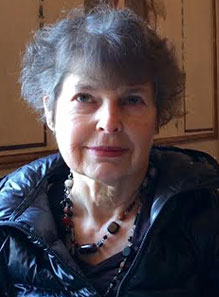I’M A VERY MESSY COOK—when I cook, that is, which isn’t especially often, or with notable skill. I marvel at women who put themselves in all manner of culinary jeopardy (spitting fat, unruly salad dressing, berry juice) while wearing something labeled Dry Clean Only. I prefer to cover myself, and this is why I have an apron collection from many lands.
I feel like Leporello with his lists of conquests: There is my new love, the tweedy gray pinafore—almost a dress—handmade in Venice, and the weird black Dutch number with a button from which you can hang a dish towel and a divided “skirt” cut and padded to serve as oven mitts. In the French room: the capacious natural brown linen coverall from a soap emporium near Aix-en-Provence; a brown apron with a bear graphic from a Parisian boutique devoted to all things ursine; a pink and white Marie Antoinette toile from the museum shops at Versailles. And in the family wing, a hot pink-and-orange stripe, with ruffles, that my stepmother had made for her of Mexican fabric, and a couple of aprons that my dear mother made for me.
A friend (thanks, Jane) commented that someday I could donate these treasures to a museum. And I thought: an apron museum! Perhaps cooking, the hands-on kind, will eventually become obsolete and people will order up meals in a futuristic automat (as on the original Star Trek—that, and the instantly healing wounds, were my favorite parts). Aprons would be as anachronistic as armor or hoop skirts, yet they deserve to be remembered. They announce our vital activity. They fight on the frontlines of the kitchen. They keep us clean.
